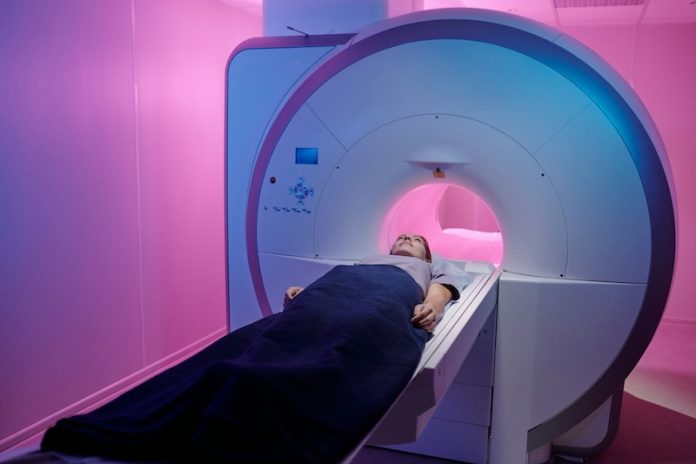
Researchers from Queen Mary University of London, along with other institutions, have made a significant breakthrough in the treatment of high blood pressure (hypertension).
They have developed a new type of CT scan that can identify tiny nodules in the adrenal glands, which, when removed, can cure hypertension in some patients.
This advancement addresses a problem that has persisted for 60 years, offering a simpler, more effective way to detect and treat the condition.
The nodules in question are found in about 1 in 20 people with high blood pressure. These small growths in the adrenal glands produce excessive amounts of a hormone called aldosterone, which can lead to high blood pressure.
Until now, detecting these hormone-producing nodules has been challenging. The traditional method involved a catheter test, which is invasive, technically difficult, and only available in a limited number of hospitals. Even when it was available, the test often failed to accurately identify the problem.
In their study, the researchers used this new CT scan technique on 128 patients who had been diagnosed with high blood pressure caused by excess aldosterone. The results were promising.
The scan revealed that in two-thirds of these patients, the source of the hormone was a benign nodule in just one of their adrenal glands. These nodules could be safely removed, offering a potential cure for their hypertension.
The scan works by using a short-acting dose of a radioactive dye called metomidate, which selectively binds to the aldosterone-producing nodule. This makes the nodule “light up” on the scan, allowing doctors to pinpoint its location accurately.
The new technique is not only as accurate as the old catheter test but is also quicker, painless, and successful in every patient tested.
One of the most exciting aspects of this new approach is its potential to predict which patients can completely stop taking their blood pressure medications after treatment.
The study found that combining the CT scan with a urine test to measure steroid levels could identify those patients most likely to be cured.
Specifically, this combination of tests detected 18 out of 24 patients who were able to maintain normal blood pressure without any medications after their nodules were removed.
The discovery of these small, aldosterone-producing nodules is a game-changer. These nodules are often too small to be detected by regular CT scans, which is why they have been missed in the past.
The new scan technique makes them visible for a brief period after the radioactive dye is administered, making it clear that they are the cause of the patient’s hypertension.
This visibility means that many more people could be diagnosed and treated effectively, potentially curing their high blood pressure.
Until now, the vast majority of these cases—about 99%—have gone undiagnosed due to the limitations of available testing methods. The hope is that this new technique will change that, making it easier to identify and treat patients who could benefit from surgery.
This study, led by Professor Morris Brown and published in Nature Medicine, could revolutionize the way high blood pressure is treated, offering new hope to millions of patients.
As the technique becomes more widely available, it has the potential to reduce the number of people suffering from hypertension and related complications, improving health outcomes on a broad scale.
If you care about high blood pressure, please read studies that early time-restricted eating could help improve blood pressure, and coconut sugar could help reduce blood pressure and artery stiffness.
For more information about blood pressure, please see recent studies about added sugar in your diet linked to higher blood pressure, and results showing plant-based foods could benefit people with high blood pressure.
Copyright © 2024 Knowridge Science Report. All rights reserved.



